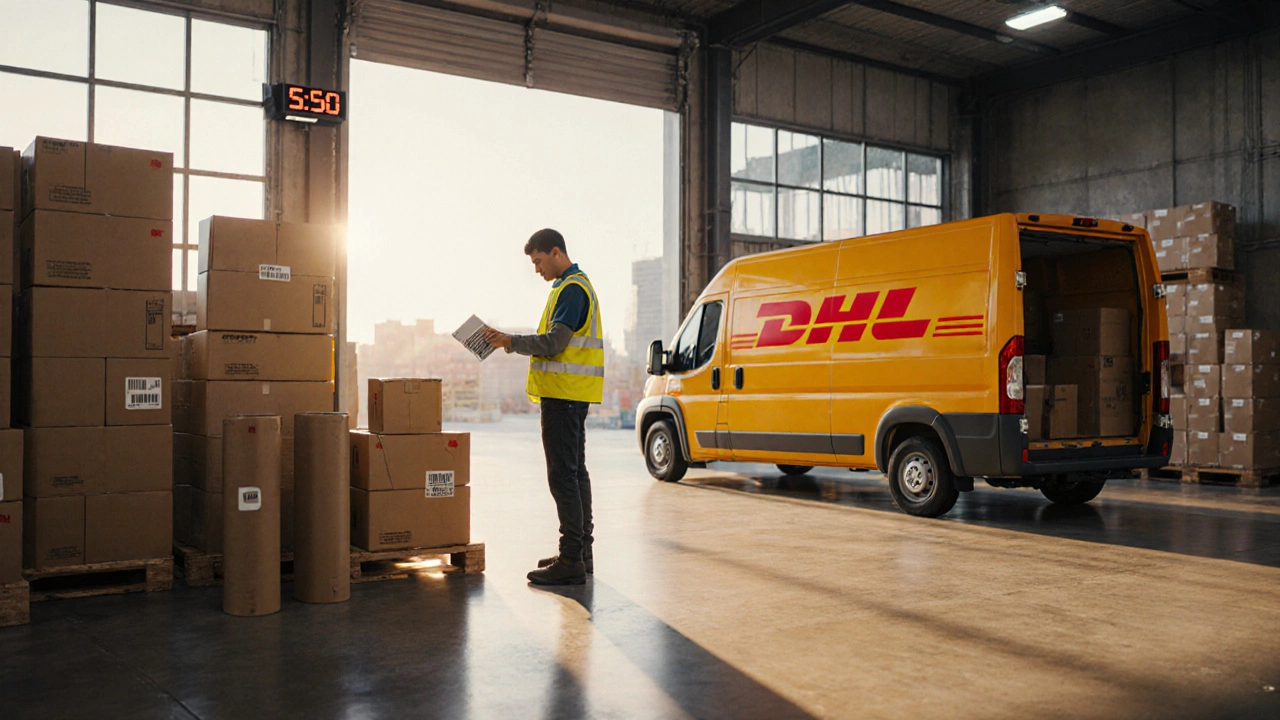Same Day vs Next Day Delivery: What’s the Real Difference?
When comparing same day vs next day, you’re looking at two popular speed options that retailers and shippers use to meet customer expectations. Also known as rapid and next‑business‑day shipping, this comparison helps you decide which service fits your budget and timeline.
Same day delivery, a service that gets a parcel from pick‑up to doorstep within a few hours. It relies on real‑time tracking, dense urban hub networks, and often a fleet of bikes or vans that can weave through city traffic. Key attributes include ultra‑quick cutoff times, higher per‑parcel cost, and the need for precise routing software. Companies that master these elements can promise a delivery window that’s measured in hours rather than days.
Next day delivery, offers a 24‑hour window, typically by the end of the following business day. It balances speed and cost better than same‑day options, using regional sorting hubs and overnight transport lanes. Important attributes are a clear cutoff time for same‑day processing, reliable hand‑off to national carriers, and predictable pricing tiers. This service is ideal when customers need fast service but can wait until the next morning.
Overnight delivery, pushes the speed envelope further by guaranteeing arrival before the next business day starts. It often involves dedicated air freight or priority rail and requires strict adherence to cut‑off times. While costlier than standard next‑day, it’s a go‑to for time‑critical documents or high‑value items. The courier service that handles overnight shipments must have robust last‑mile capabilities and contingency plans for delays.
These three speed tiers intersect in predictable ways: same‑day delivery requires tighter cut‑off times than next‑day, and overnight delivery depends on specialized transport modes. Cost curves rise as speed increases, but reliability often improves because carriers allocate premium resources. Understanding how each service works lets you match the right option to your order value, customer expectations, and budget constraints.
Choosing the Right Speed for Your Shipments
Start by asking three simple questions: How urgent is the item? How much can the sender or recipient afford to pay? And does the delivery area have the infrastructure for rapid service? If the answer to the first is “within hours,” same‑day is the only viable choice, assuming urban coverage. If the item can wait until tomorrow morning, next‑day usually offers a sweet spot of speed and price. For critical documents that must arrive before business opens, overnight delivery is the safe bet, even if it costs more.
Another practical tip is to align your order processing with carrier cut‑off times. Many couriers publish a morning and an afternoon cutoff; shipping after the first window automatically pushes the parcel into the next service tier, increasing cost. Automating order export to match these windows can shave off unnecessary fees. Also, leverage tracking APIs to keep customers in the loop—real‑time updates reduce support calls and boost satisfaction across all three delivery speeds.
Finally, consider the impact on returns and reverse logistics. Faster outbound shipping often means faster return cycles, which can improve inventory turnover. However, reverse‑logistics costs can balloon if you choose premium speed for returns. Weigh the total cost of ownership, not just the outbound price, before committing to a single speed tier for all orders.
Below you’ll find a curated list of articles that dive deeper into each of these topics—from how to calculate pay‑per‑mile for drivers to the latest cutoff‑time tricks for overnight shipments. Use them to sharpen your shipping strategy and choose the right service for every parcel.
Fastest Next Day Delivery Options in the UK (2025 Guide)
Discover the fastest next day delivery options in the UK for 2025, compare top carriers, costs, and learn how to guarantee on‑time arrival.
© 2025. All rights reserved.

